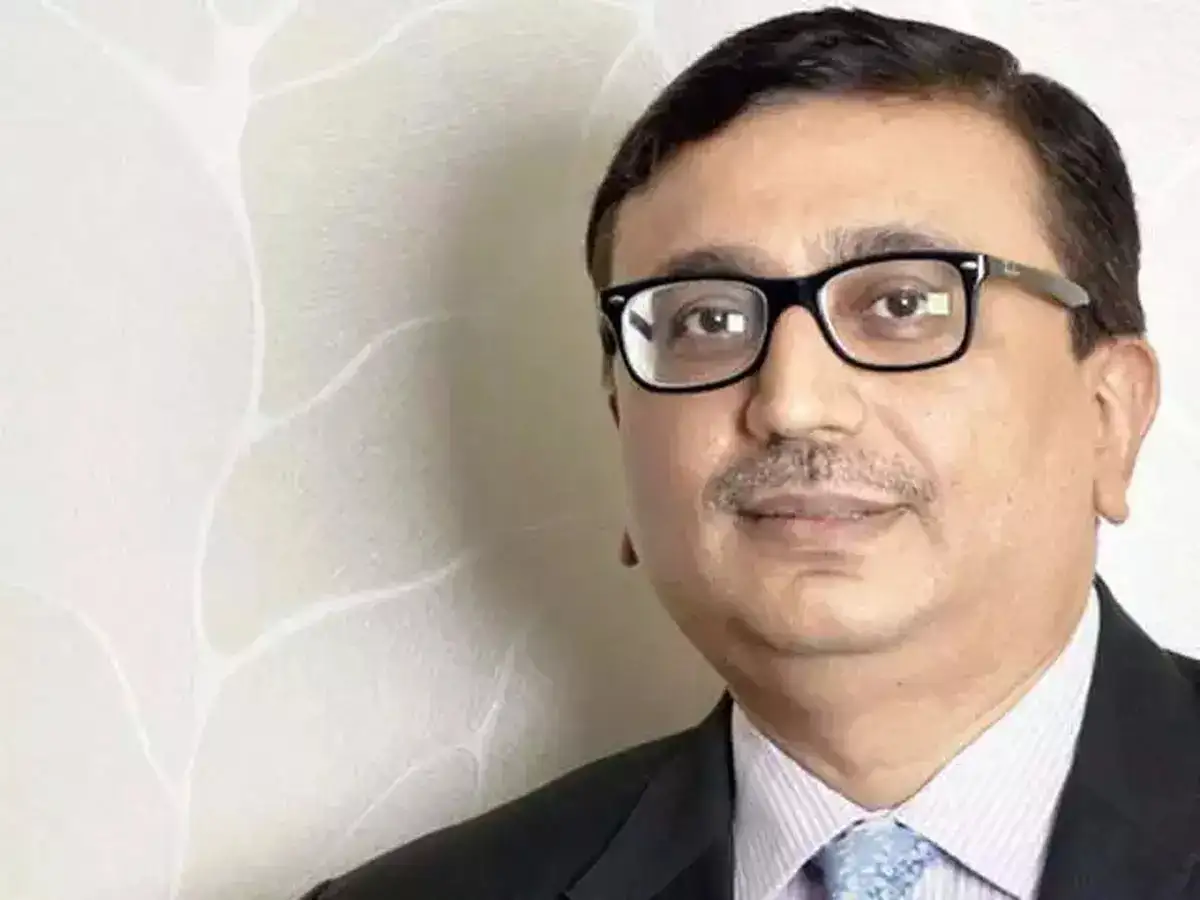 Image Source: The Economic Times
Image Source: The Economic Times
India’s urban landscape is undergoing a seismic transformation, with cities swelling at an unprecedented pace—urban population is set to hit 600 million by 2036, contributing 75% to national GDP. Yet, the country’s urban planning mechanisms are struggling to keep up, creating a stark disconnect between economic dynamism and sustainable city development.
Key Highlights:
Redefining Urban Boundaries: NITI Aayog is spearheading a radical overhaul by redrawing urban boundaries based on economic data and current land use. This aims to help states manage rampant, unplanned urbanisation and unlock targeted infrastructure investments. Pilot projects in Mumbai, Varanasi, Surat, and Visakhapatnam are set to become templates for the rest of the country, replacing the outdated 65-year-old census definition of urban areas with a more dynamic, economic-centric approach.
The 15-Minute City Revolution: Urban planners are championing the 15-minute city model, where all essential services—work, education, healthcare, leisure—are accessible within a short walk or bike ride. This people-first vision is already being piloted in select Indian cities, promising to reduce commutes, curb urban sprawl, and enhance quality of life. However, scaling this model nationwide demands unprecedented collaboration between government, private sector, and citizens.
Smart Cities and Ancient Wisdom: India’s Smart Cities Mission is integrating digital tools, data-driven governance, and sustainable design. Simultaneously, experts are looking to the Indus Valley Civilization for inspiration, advocating structured layouts, advanced water management, and climate-resilient materials to tackle modern urban woes.
Challenges and the Road Ahead: Despite headline-grabbing growth, over half of India’s urban settlements lack master plans, leading to congestion, housing shortages, and environmental degradation. The shortage of skilled urban planners and fragmented governance further compound the crisis. Legislative reforms, increased funding, and innovative planning models are critical to bridging the gap between India’s economic ambitions and its urban realities.
Sources: Economic Times, Commercial Design India, Business World
Advertisement
Advertisement






